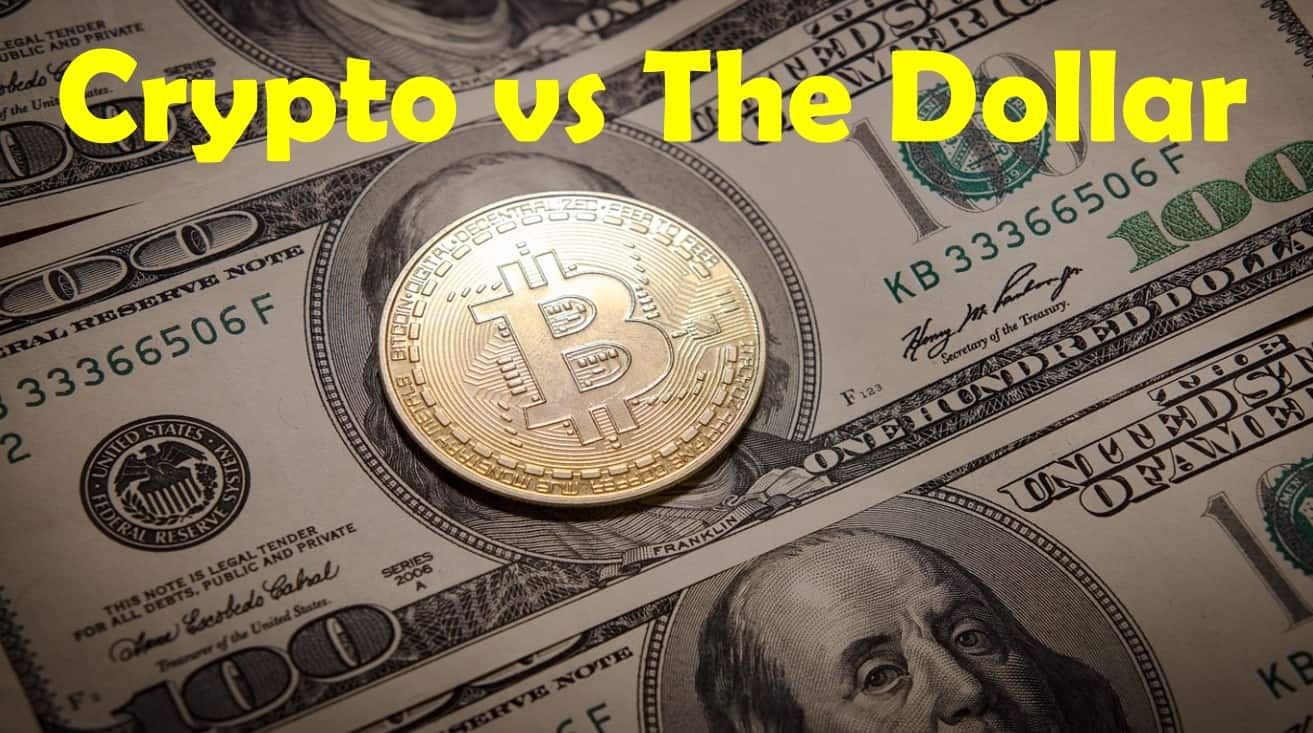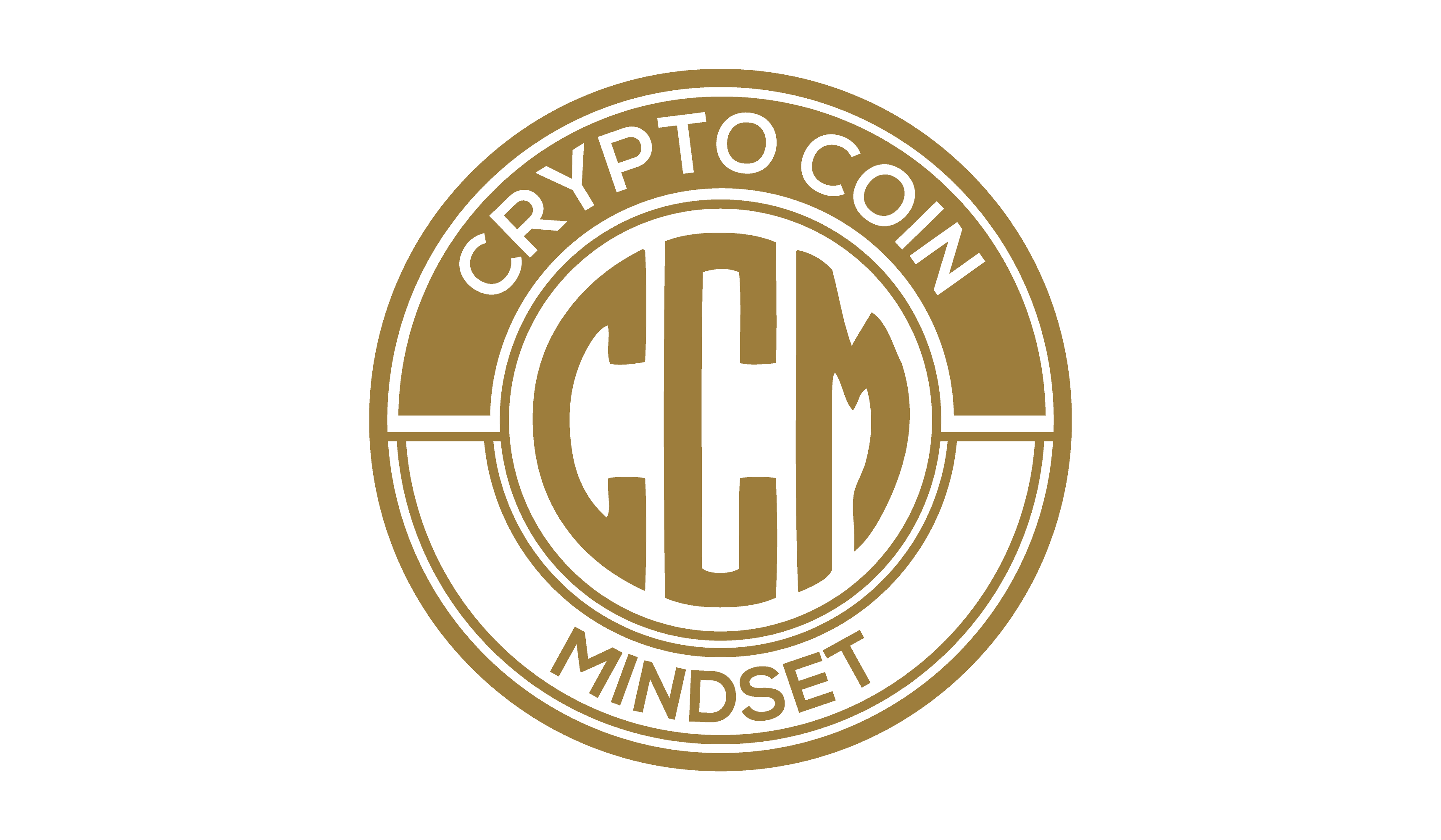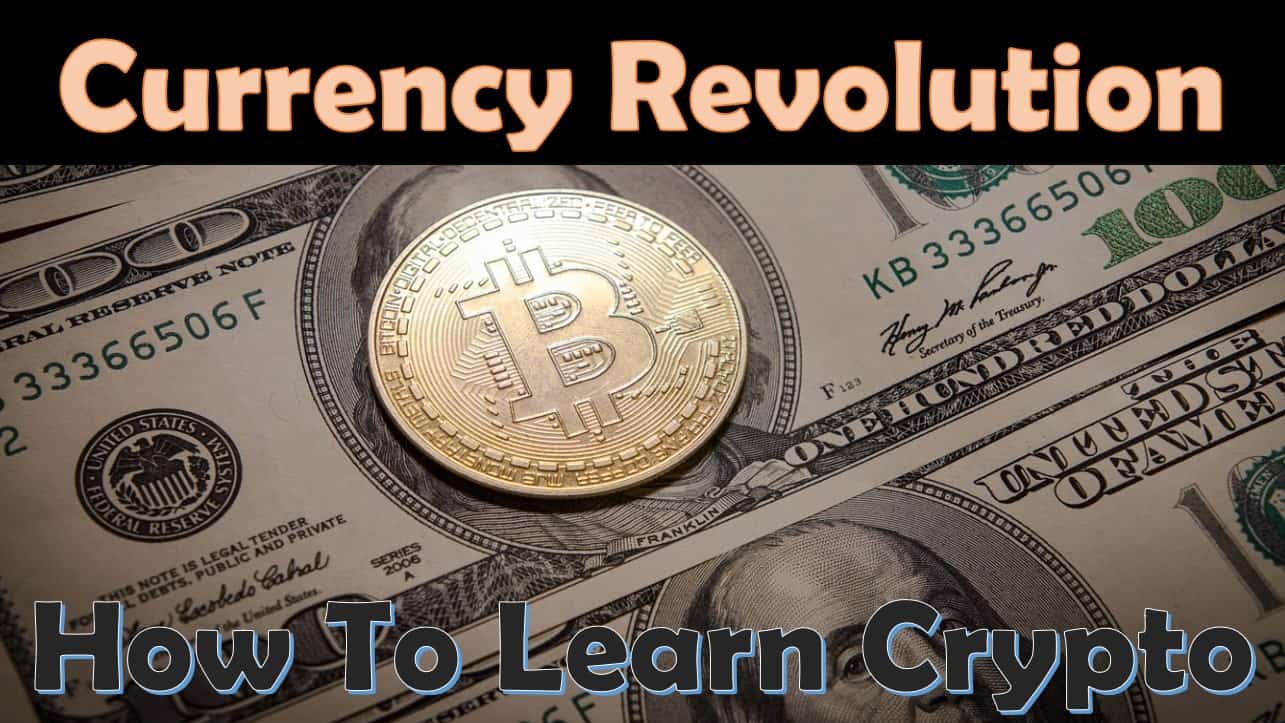
Benefits of Cryptocurrency vs The Dollar
Last updated on June 8th, 2023 at 03:15 pm
Since the Bitcoin whitepaper was first introduced to the world in 2008, the debate has been on about the benefits of cryptocurrency. This debate continues to revolve around Bitcoin and cryptocurrency being better than the U.S. dollar.
The benefits of cryptocurrency over the U.S. dollar include divisibility, durability, medium of exchange, portability, scarcity, uniformity, value storage and verifiability. Cryptocurrency has less benefit than the U.S. dollar in the category of fungibility.
While there are certainly staunch advocates on either side of this debate, it is likely that more people exist in the middle, and are willing to consider the possibilities that either one of these forms of money can be better than the other.
However, in recent years there has been an increasingly visible decay in the current monetary system. The continuing rise in inflation, as well as the devaluation of the U.S. dollar, have sent average people across the world on a quest to find other ways to maintain their purchasing power.
Table of Contents:
Benefits of Crypto Over Regular Currency
As I go forward in outlining the benefits of cryptocurrency there are a couple of things that need to be clarified about the comparison.
First, while the positive attributes highlighted below are true of most cryptocurrencies, the focus will be on Bitcoin (BTC).
This is because Bitcoin was born from the ashes of the 2008 financial crisis. Because of this, Bitcoin is the oldest, most tested, and currently the cryptocurrency most widely invested in by companies and countries.
Second, the attributes that are discussed below about the U.S. dollar (USD) are qualities shared by all fiat currencies.
In this table we have broken down the various characteristics of money and highlighted which are attributes of BTC and USD. Each of these aspects will be discussed in more detail below.
Benefits of Bitcoin vs USD
| Characteristic of Money | Bitcoin (BTC) | U.S. Dollar (USD) |
|---|---|---|
| Divisibility | X | X |
| Durability | X | |
| Fungibility | X | |
| Medium of Exchange | X | X |
| Portability | X | X |
| Scarcity | X | |
| Uniformity | X | X |
| Value Storage | X | |
| Verifiability | X |
Due to Covid, the ability to measure cryptocurrency as money vs the USD was completed.
In short, the study found that the Covid crisis has established a more important place for cryptocurrencies in the financial system.
Characteristics of Money
In short, money is an asset class that can be used to pay for goods and services.
The use of money came out of the limitation of the first form of payment, the barter system.
Ultimately, money became a means of providing an equal value exchange between 2 or more parties.
How Money Derives Value
Money, in and of itself, has no intrinsic value. This is true of any form of money that has been used… including cryptocurrency.
The value of money is created by the consumers who use it. In our current monetary system, the government backs the currency, USD, and the people trust the government enough to believe that the currency has value.
Looking at this from a different perspective might be helpful. Check out this graphic representation of the ever declining U.S. dollar.
Throughout history money has exhibited some basic qualities. While some forms of money are better suited to a particular characteristic, having a baseline understanding about money will help fuel further discussion.

Medium of Exchange
Arguably the most important characteristic of money is its ability to be used as a medium of exchange. Money has to be accepted as an adequate value exchange for goods, services and labor.
Within this idea of money being a medium of exchange for things, there is also the idea that money becomes a unit of account. In essence, this means how much a good or service costs as it relates to a unit of money, in this case USD.
BTC: Bitcoin is designed to be peer-to-peer money. BTC is a frictionless exchange of value between parties that can be completed without the need of a trusted third party, such as a bank.
USD: Inflation erodes USD as a unit of account. This is easily seen when comparing the purchasing power of $100 in 1970 to the purchasing power of $100 today. Furthermore, this also erodes the idea of USD as a store of value.
Store of Value
This characteristic of money is where we see the idea of trust coming into play.
In our system today, this is trust in the government backing a particular fiat currency as well as the central bank that issues it. In the United States, that would be the Federal Reserve (The Fed).
I highlight The Fed in particular, because as of this writing, the U.S. dollar is the world reserve currency. So, actions by The Fed not only affect the U.S., but the entire globe.
In a nutshell, money needs to be trusted to hold its value after the exchange occurs. So, $100 yesterday should contain the same purchasing power as $100 tomorrow.
BTC: While the price volatility of Bitcoin has definitely been a detractor since the first coin was mined in 2009, there is NO ARGUMENT that BTC is an appreciating asset.
USD: The U.S. dollar has also seen price fluctuations as it compares to other fiat currencies. However, due to Fed money printing and rising inflation, USD is a depreciating asset.
Limited Supply
While I agree that the idea of scarcity, when it comes to money, is important, I was astounded when I discovered that this was actually considered an attribute of money by the St, Louis Fed (a local Federal Reserve branch).
Believing that an issuing authority will not arbitrarily increase the total supply of money plays directly into the idea of the trust In that money.
Given how The Fed has increased the total money supply by 42% since 2019, having them highlighting this facet as a characteristic of money is almost laughable.
Furthermore, it guarantees that $100 yesterday WILL NOT hold the same purchasing power as $100 tomorrow.
BTC: Bitcoin has an algorithmically programmed maximum supply of 21 million coins. With approximately 3-5 million of those coins being lost to their owners, the actual scarcity of BTC is even greater.
USD: The U.S. dollar has no fixed supply. The Fed has and continues to increase that amount of USD in circulation in order to prop up the economy and manage inflation.
Fungibility
In short, the idea of fungibility refers to the interchangeability between money and the products, goods, services or labor being purchased. This is also carried to the idea of one fiat currency being exchanged with another.
BTC: Bitcoin is not easily exchanged with other cryptocurrencies or USD. Though great strides have been made and are continuing to be developed in this regard, there is still a long way to go.
USD: While the current monetary system allows USD to be exchanged for other fiat currencies, the exchange rates, restrictions and wait times make USD cumbersome to use.
Divisibility
In order for money to be completely fungible it needs to be divisible into smaller increments. If there were only one denomination of money for all transactions, it would be impossible to properly transact business.
BTC: Bitcoin is currently divisible by eight decimal places. Because BTC is algorithmic, the ability to program increased fragmentation exists.
USD: The U.S. dollar is divisible into smaller denominations. This requires the use of other related fiat money representations, such as coins. This became a hindrance during Covid when retailers and banks stopped accepting coins.
Durability
While this might seem like a given when talking about money, you should consider that some things are more fragile than others. Money must be able to physically stand the test of time once the exchange has occurred.
BTC: Because Bitcoin is digital in nature there is no physical degradation. The only point of note here is the limitations of the actual device that a Bitcoin wallet is on.
USD: Physical dollars wear and are destroyed. There is a continued need to replace aging bills with newer versions. This issue will be negated when the U.S. transitions to using a Central Bank Digital Currency (CBDC).
Portability
The idea of money needing to be portable probably doesn’t even enter a person’s mind these days. But, when gold was the preferred form of money, getting it from point to point was quite cumbersome. This remains true when transporting large sums of cash.
BTC: Bitcoin has no physical design. As such, it is extremely portable. Though BTC can be carried on a phone or other hardware device, it can be transported anywhere by simply remembering a seed or recovery phrase.
USD: Carrying physical cash is generally not an issue with a country’s borders. However, trying to move large sums of bills can be cumbersome and allows for confiscation in some jurisdictions.
Uniformity
Again, this particular characteristic is less of an issue in the modern era. However, when people were using the barter system as a form of payment, this was a more critical component. The size of one animal over another might be perceived to have more value for example.
BTC: While each Bitcoin is unique, they are also completely homogeneous in their worth, creation, storage, transfer and use.
USD: U.S. dollars are completely uniform in their worth and use.
Verifiability
This problem has been going on since the beginning of time. For example, when shells were the preferred money, traders would bring shells from other locations and use them to buy things, thus diluting the money supply and making the shells hold less value.
Since the use of paper money, people have been creating counterfeit forms of it to ultimately game the system.
In short, in order to trust the money you need to be sure that what you’re using is the genuine article.
BTC: Bitcoin is immutable. Each coin, as well as coin ownership, is completely verifiable on the blockchain.
USD: The Fed institutes new anti-counterfeiting protocols every year. Unfortunately, this has not prevented USD from being successfully counterfeited.
Crypto vs The Dollar
In my opinion, the choice is clear. Bitcoin is a superior choice for money.
Bitcoin is an open source ledger that allows for complete transparency as well as verifying a limited supply of the asset.
Bitcoin was created to return the power of money back to the people.
Regardless of your feelings for Bitcoin and cryptocurrency over the U.S. dollar as the best form of money, one thing is for certain, the world is heading to a cashless economy.
The only question is, will it be using a digital asset that is decentralized and controlled by the people, like Bitcoin or a digital asset that is centrally controlled by a government or other entity, like USD.
Disclaimer
The information provided here is for INFORMATIONAL & EDUCATIONAL PURPOSES ONLY!
View our complete disclaimer on our Disclaimer Page






